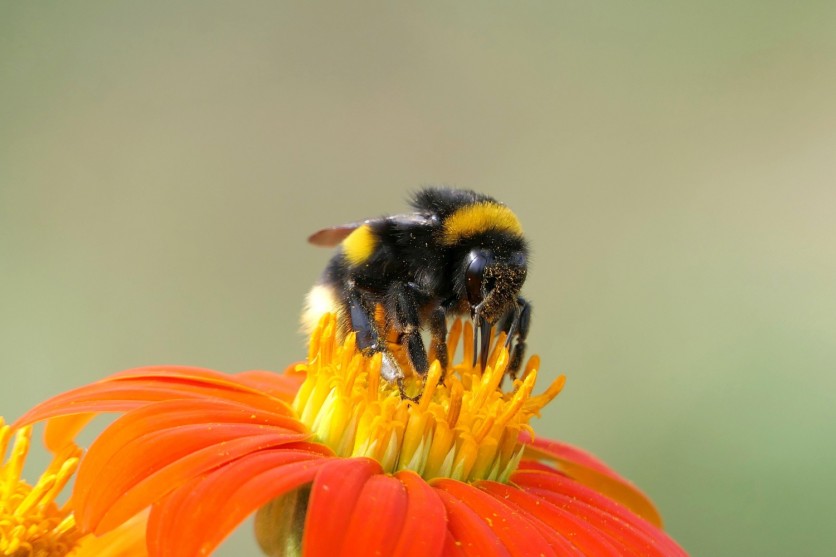Is AI taking over the jobs of bumblebees? Well, not exactly.
Bumblebees are typically used to pollinate plants in glasshouses all over the world. However, they are prohibited in Australia, so pollination must be done manually.
Hence, prominent Australian fresh produce company Costa Group is deploying AI to implement robotic pollination in one of its tomato glasses, thanks to its partnership with Israeli firm Arugga AI Farming.

AI-Powered Robotic Pollinators
The AI-powered robot is named "Polly" and will pollinate truss tomato plants in Costa's tomato glasshouse facilities in Guyra, New South Wales.
In its commercial application, Costa wrote on its website that these robotic pollinators will drive between the rows, detect flowers that are ripe for pollination utilizing artificial intelligence, and then emit air pulses to vibrate the flowers in a certain way that mimics buzz pollination that is carried out by bumblebees.
Compared to using insects, like bees, and the human laborers that are occasionally required to aid with the growth of particular crops, pollination robots could provide future farmers with a major advantage, which is to improve productivity.
The Wall Street Journal (WSJ) reported that pollination robots would become even more crucial if insect populations continue to decline as a result of climate change, pesticide use, habitat loss, and other threats.
WSJ noted that deep learning, a technique that develops artificial neural networks to resemble the human brain, is accelerating the robotic revolution.
The ability of AI to detect photos has greatly improved thanks to developments in deep learning over the past ten years. Hence, companies will find it simpler to create robots that can swiftly and precisely recognize flowers for pollination.
Replacing Bees?
Back on Apr. 5, two scientists from the UK and the US also made a similar invention and were awarded £640,000 ($763,734) to create microrobots that can mimic the buzzing of bees.
Over three years, evolutionary biologist Dr. Mario Vallejo-Marin of the University of Stirling and electrical engineer Dr. Noah Jafferis of the University of Massachusetts Lowell will collaborate to develop microscopic pollination robots.
Over twenty thousand plants such as blueberries, potatoes, and tomatoes need to be nourished through buzz pollination. The joint endeavor would aim to learn which bees are most effective and how they can help improve agriculture by understanding the evolution of bee species and flower types.
For example, buzz pollinating bees are required in Australia and Southern Africa to pollinate particular fruit crops. However, because they are not native, bumblebees cannot be used in agriculture in the same way they are in Europe.
As a result, producers have turned to utilize electric toothbrushes for the pollination of tomatoes, according to Dr. Vallejo-Marin.
Even though bee populations are declining globally, the researchers claim that their goal is to help explain pollination and the variety of bee species, not to develop robotic bee replacements.
This article is owned by Tech Times
Written by Joaquin Victor Tacla
![Apple Watch Series 10 [GPS 42mm]](https://d.techtimes.com/en/full/453899/apple-watch-series-10-gps-42mm.jpg?w=184&h=103&f=9fb3c2ea2db928c663d1d2eadbcb3e52)



